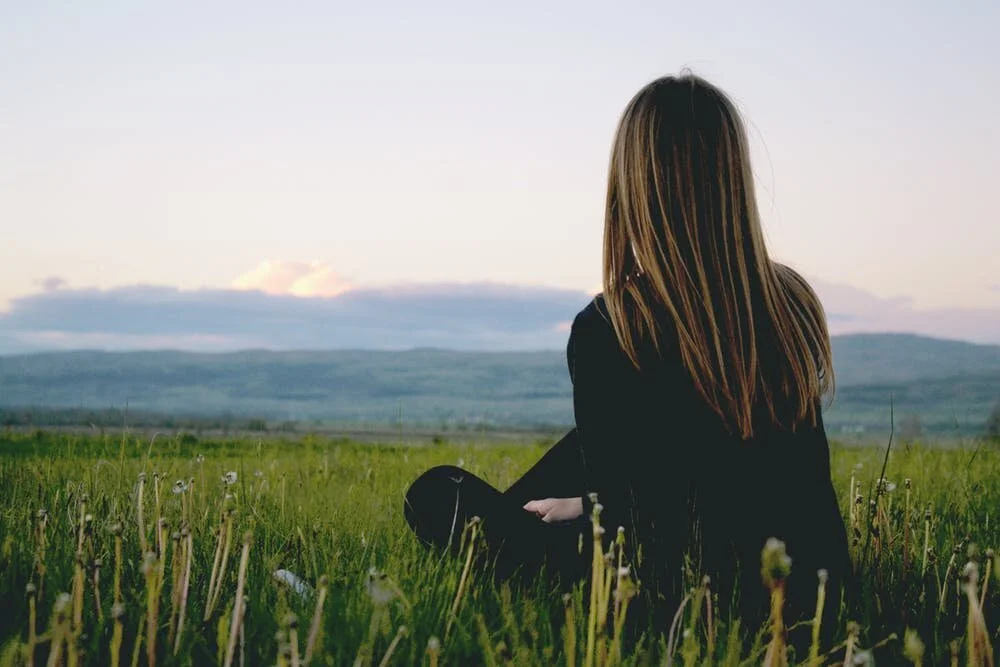“Let nature tune your neurology, tune your senses, and reset from being behind the screen. There's plenty of scientific research, and positive psychology out there that can give you inference to the importance of being outside”, says Scott Amick, Director of Outdoor Education for All.
Our 5 senses are a great place to start!
We can use them as a blueprint leading us to get back in tune to nature. After all, we are part of nature; it’s sometimes easy to forget with the digital bombardment we experience day in and day out.
Let this list inspire you and get your creative juices flowing ~
Sight
Whether you’re on a walk in your neighborhood, or in the deep woods, remember to take your eyes off the path ahead and look around.
Notice where plants and trees are in their stage of development in accordance to the season.
Notice animals: insects, birds, and other critters.
Are there clouds in the sky?
Notice the details of a decaying tree you come across.
Where is the shade falling?
Sound
It’s so easy to put those earbuds in at the beginning of a walk, isn't it?
Resist the urge and leave the earbuds home. Let the sounds of the outdoors be the backdrop for the time you spend outside.
From the sounds of birds chirping and laughter to the sounds of a passing train and the wind blowing down a ridge towards you, let these dynamic sounds of life and nature happening all around you influence your mood.
Can you hear water running nearby?
Is there something special about the sound of your shoe hitting the ground with each step?
Touch
Using touch to tune into nature can be fun! Perhaps the soft touch of willow seeds, the roughness of tree bark, or the smoothness of a river rock can spark the explorer in you.
Feeling extra adventurous? Take off your shoes and experience the touch of the ground on your feet.
Smell
If you’ve been fortunate to be outside at the first rain of the season, you probably experienced the earthy, barky smell of petrichor that happens when rain falls on dry earth.
From flowering plants to smells of city living, these invisible aromas have the potential to awaken memories or create new ones.
Taste
Taste is a fun sense to use when exploring nature.
If you’re a novice in identifying edible wild plants, go foraging with someone who’s experienced. Be sure to get a book on local plants. We like this book by local botanist Wolfgang Rougle titled Sacramento Valley Feast! Or: Don't Eat Sterile, Eat Feral! How to Find, Harvest, & Eat Local Wild Food … All Year Long!
Disclaimer: Be careful when wild foraging and be absolutely sure of what it is you’re putting in your mouth. Poisonous plants may look like edible plants. It’s also a good idea to abstain from collecting plants that grow near roads, railroad tracks, or that have been sprayed with herbicides or insecticides. Know the local laws and collect conscientiously while considering outdoor ethics.
Reset
Tuning out of the digital world and using these tips to help guide us to connect to our natural surroundings will give us a little reset and hopefully create a little more peace and harmony in our lives.
There’s no getting away from our digital world. Many of these digital tools are so helpful and we’ve come to rely on them heavily in our day to day lives.
It’s important to press pause on these digital tools and remember what it's like to be a part of nature and to be in nature — so, tune out to tune in!
---
Additional Resources:






